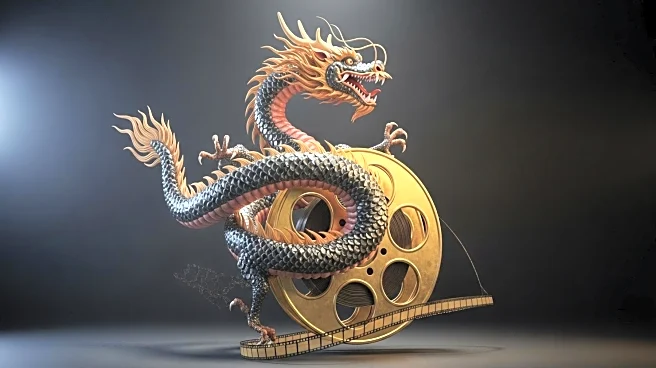What's Happening?
A letter published in The Guardian argues that removing statues does not erase history but rather reflects an evolution in societal values. Claudia Beresford, the author, contends that statues often serve as propaganda, glorifying individuals or events rather than providing accurate historical education. She suggests that history should be taught through museums, books, and documentaries, which offer a more comprehensive understanding. The letter responds to concerns that removing statues sanitizes history, asserting instead that it can signify a more nuanced understanding of past actions and values.
Why It's Important?
The discussion around statues and historical representation is part of a broader debate on how societies remember and interpret their past. This conversation is relevant in the U.S., where similar debates have occurred regarding Confederate monuments and other historical figures. The removal or reinterpretation of statues can influence public perception and education about history, prompting communities to reassess which values they choose to honor. This debate also touches on issues of cultural identity, collective memory, and the role of public art in shaping societal values.












